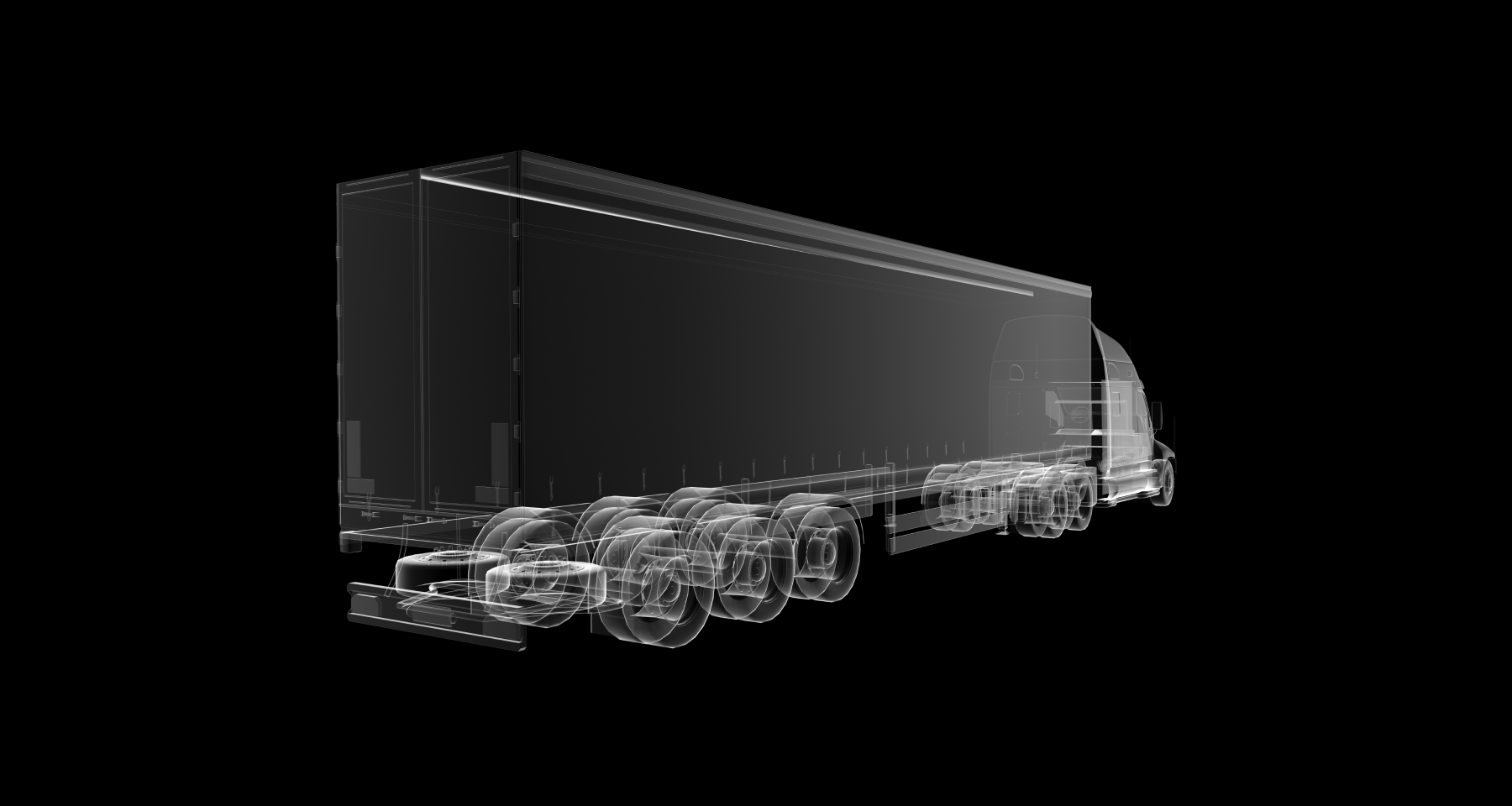In the logistics and supply chain marketplace where processes are being modernized rapidly, one of the important factors for success is shipment visibility.
By adopting new technologies, shippers, carriers, and 3PLs are taking steps to better control the end-to-end operations of a load to proactively track, monitor, and react to any disruptions so that goods reach their destination safely and quickly. A modernized and transparent payment process is a vital part of a wholesome supply chain visibility strategy, because it’s important to capture and record the movement of money at all stages.
Think about your everyday consumer experiences. When you order something online, you get a digital order confirmation and receipt, and soon after, you are notified when your goods are out for delivery. You can track every stage of the shipping process. You even get a notification when your package has been dropped off at your doorstep! That same kind of visibility has been largely absent from the trucking and supply chain industries where the individual players (and their tech platforms) weren’t connected or streamlined, resulting in friction and also lost revenue.
Recognizing the importance of transparency and visibility, the logistics industry has started to shift and is looking to modernize processes in the visibility space. Propelled by the COVID-19 pandemic, emerging technologies have helped automate shipments by linking the different protocols and platforms. This has created a modernized version of a logistics ‘control tower’ (as referenced in CSCMP’s Annual State of Logistics Report) where all aspects of the supply chain are visible, and smart, quick decisions can be made while the freight is in transit. Today, transportation companies have realized that adopting a visibility strategy meets consumer demand for more transparent deliveries.
Transparent Payments
For decades the transportation industry has been heavily reliant on a paper-based payment system of invoices, manifests, inventory lists, cash, and industry-specific checks – particularly when paying for lumper fees. Unfortunately, all of it was creating a paper trail that was difficult to track and reconcile throughout the supply chain, often leading to delays on the road and lost revenue due to missing documents or incomplete statements.
By implementing a digital payment solution like Relay (similar to Venmo and PayPal) to pay lumper fees, the payment process is centralized in one platform, which creates an instant, auditable record of the payment. As a result, you can fully integrate an enterprise-grade solution that seamlessly scales with your business without leaving a paper trail, only a digital lumper receipt. Relay’s transparency in its payment structure with no hidden fees or costs also adds to the payment process visibility, so customers always know what they pay.
Additionally, having a single payment platform from which you can process all payments not only saves time and saves money, but also improves the experience for the driver and the back office.
Visibility resonates
It shows when a business is rooted in visibility – and having that ‘control tower’ of visibility resonates throughout the supply chain. As perfectly demonstrated by the COVID-19 pandemic, the industry can face substantial interruptions that can be costly and difficult to recover from. Because companies can offer this kind of transparency, they can also identify where possible obstructions are hidden – and that nurtures industry resilience that can endure disruptions.
With the example of Relay, implementing a digital unloading payment solution as part of a visibility strategy not only equipped the industry with a solid, contactless payment option but also a reliable system with a transparent structure of fees and costs. Historically, this would have been a part of the logistics process where paying with cash and checks would slow down the movement of the load. Instead, the digital lumper fee payment is instant, the lumper receipt is automated throughout the supply chain so that everybody gets paid, and the truck gets off the dock faster and keeps moving.
Metrics that matter
By applying relevant technology that spans from fully integrated API and ELD technology to a user-friendly app, you get valuable real-time data points that can be leveraged to monitor and analyze how the logistics process can be made more efficient and lead to more hard cost savings.
Using Relay as an example, the digital lumper payment solution offers substantial metrics that can measure efficiency and cost savings by analyzing the following key metrics:
How many minutes are saved on wait times on dock?
How much money is saved from the expedited transaction?
How much money is saved by the automatic lumper receipt management that ensures that no payments or reimbursements are lost or left as an out-of-pocket expense?
The real-time data aspect of the Relay technology saves time on dock and mitigates obstacles by providing 24/7 US-based support on the rare occasions a transaction issue occurs. In addition, digital receipt management provides a fraud and failsafe data record that is accessible to all parties within the supply chain, from on-the-road fees to accounting department audits.
Not only will a digital payment platform optimize the lumper fee payment and reconciliation process, but as an integral part of a visibility strategy, it will improve relations throughout the supply chain and ultimately pave the way for a more robust and futureproof logistics industry.
To learn more about how Relay can be part of your visibility strategy, please get in touch, so we can show you how to make your lumper payment process more transparent and keep you moving.

